🏆 How to Choose the Best Sport Light for Your Needs (Extended Guide) 🔦 Introduction Lighting is often an overlooked component in s
🏆 How to Choose the Best Sport Light for Your Needs (Extended Guide)
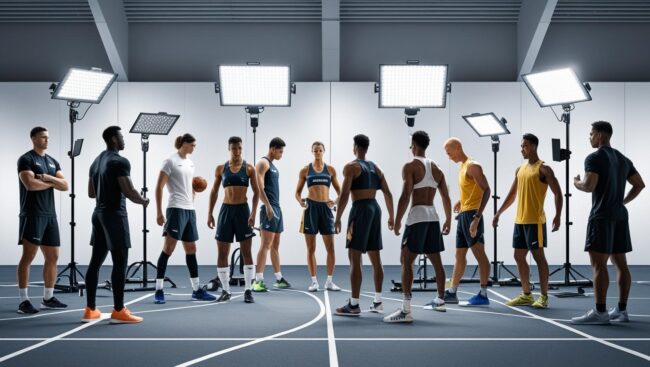
🔦 Introduction
Lighting is often an overlooked component in sports, yet it plays a pivotal role in performance, safety, and experience. Whether you’re a facility manager lighting a professional stadium or a homeowner setting up a backyard court, choosing the right sport light
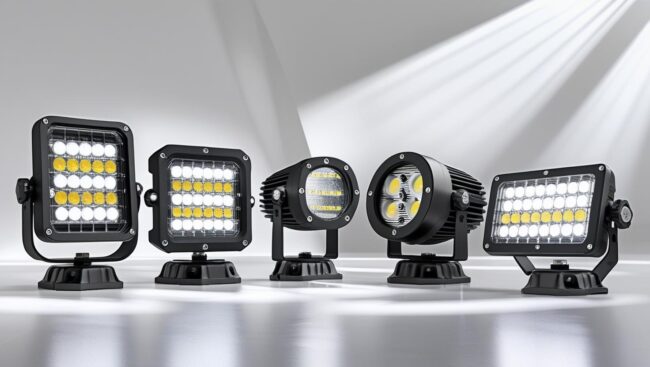
can transform your space from average to exceptional.
Not all sports lighting is created equal. A football field has vastly different requirements than a tennis court or indoor basketball arena. And with the rise of LED technology, choosing the right solution has become more complex — and more important.
In this extended guide, we’ll explore:
- Why the right lighting makes all the difference
- What specifications to focus on
- The best lights for different sports
- Installation tips and common pitfalls
- How to compare fixtures and manufacturers
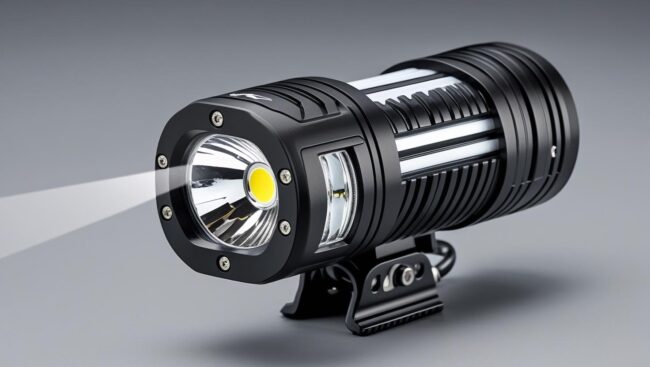
By the end, you’ll be equipped to choose the best sport light for your needs — whether you’re lighting up a local soccer pitch or a professional stadium.
🔍 Why Sport Lighting Matters
Proper lighting transforms a game. It enhances focus, improves accuracy, and reduces the risk of injury. Imagine trying to track a fast-moving soccer ball under dim, patchy lighting — not ideal for peak performance.
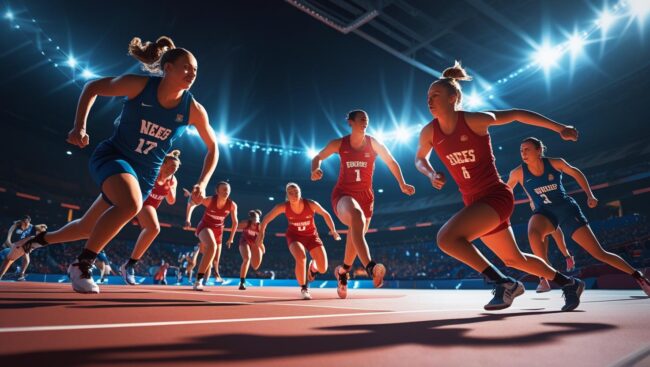
Key Benefits of High-Quality Sports Lighting:
- Improved Visibility: For athletes, referees, and spectators alike. Good lighting reduces motion blur, shadowing, and contrast issues.
- Enhanced Performance: Athletes react faster
- and make better decisions under uniform, bright lighting.
- Injury Prevention: Uneven lighting or dark zones increase the risk of falls, missteps, or misjudged plays.
- Audience Enjoyment: Spectators want to see the game clearly — both in-stadium and on screens.
- Broadcast Quality: HD cameras require consistent, flicker-free, high-CRI lighting.
- League Compliance: Many sports leagues have minimum lighting requirements (lux levels, beam angles, CRI, etc.).
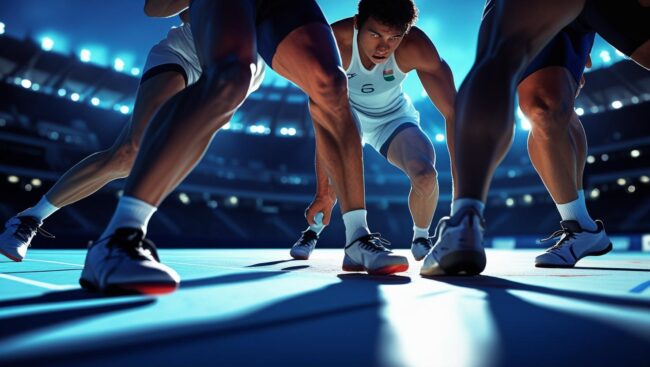
For example, FIFA recommends an average of 500 lux for non-televised matches, while NFL stadiums may exceed 2000 lux for broadcasts.
💡 Key Types of Sport Lights
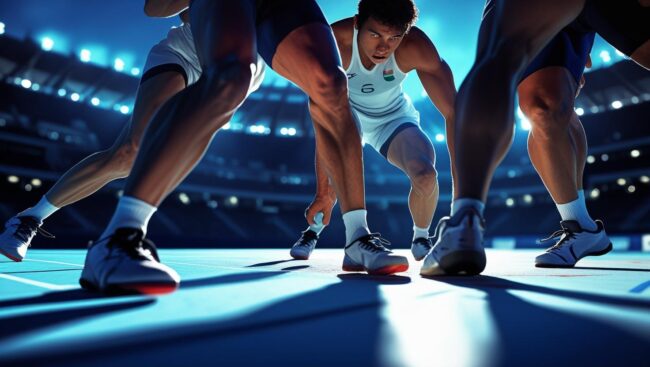
Choosing the right fixture starts with understanding the types of lights available.
1. LED Sport Lights
These are now the industry standard due to their energy efficiency, long lifespan, and brightness. They offer:
- Instant on/off (no warm-up time)
- High lumens per watt (up to 150+)
- Minimal heat output
- Advanced controls (dimming, sensors)
2. Metal Halide
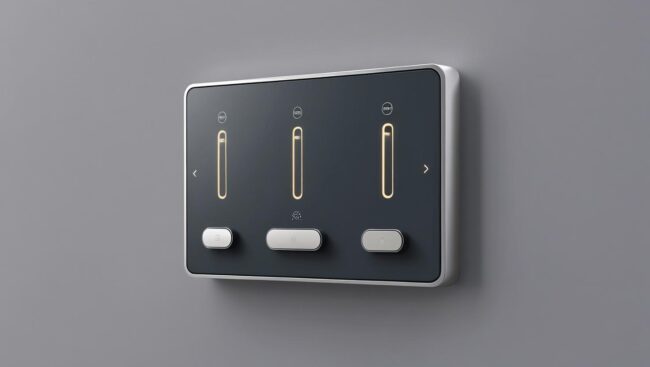
Once dominant in stadiums, metal halides provide high-intensity light but:
- Require 5–10 minutes to reach full brightness
- Consume more energy
- Have shorter lifespans (~15,000 hours)
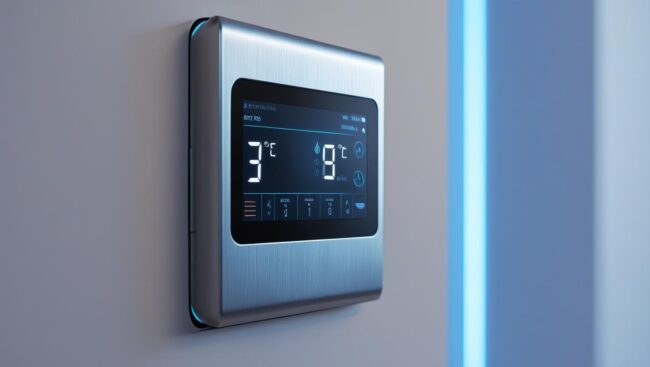
3. Halogen Floodlights
Affordable and simple to install. However:
- Lower efficiency
- High heat emission
- Not suitable for large areas
4. HID and HPS Lamps
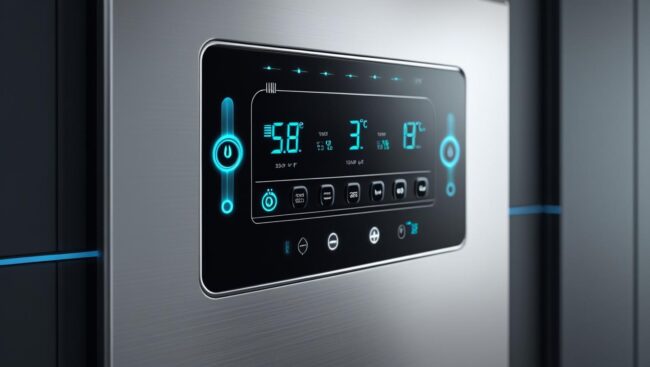
Used in older installations. Good brightness but suffer from:
- High maintenance
- Slow warm-up
- Lower color rendering (not ideal for fast sports)
Fixture Styles:
- Floodlights: Broad beam, large area coverage
- Spotlights: Narrow beam, high precision
- High-mast lights: Elevated poles (20–40m) for stadiums
- Wall-mounted: Ideal for indoor gyms
⚙️ Factors to Consider When Choosing Sport Lights
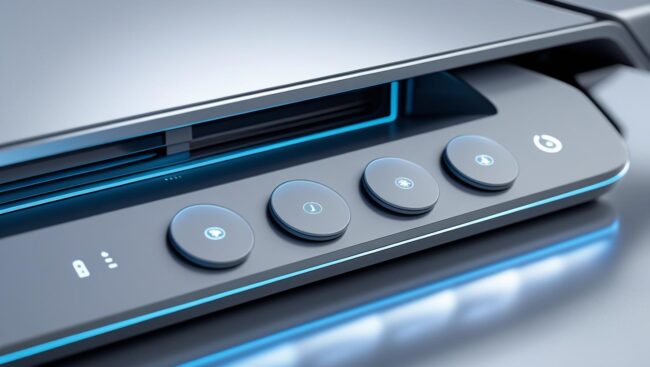
🔆 1. Brightness & Lumens
Lumens indicate brightness. More lumens = brighter light.
| Sport Type | Suggested Lux (Average) |
|---|---|
| Backyard court | 100–200 lux |
| Recreational field | 200–500 lux |
| Training stadium | 500–750 lux |
| Televised match | 1000–2000 lux |
You can calculate how many lumens you need using:
Area (in m²) × Desired Lux = Total Lumens Needed
🎯 2. Beam Angle
Beam angle dictates spread. Narrow beams for precision sports like tennis, wider beams for soccer.
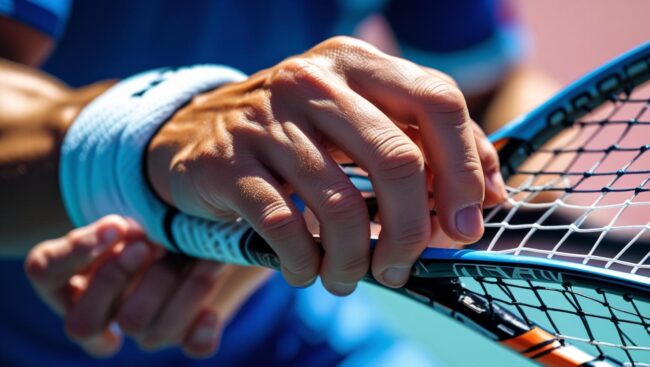
- Narrow (15°–30°): Concentrated areas like tennis courts
- Wide (60°–120°): Fields, courts, gymnasiums
Overlap lighting beams for even coverage and avoid dark zones.
⚡ 3. Energy Efficiency
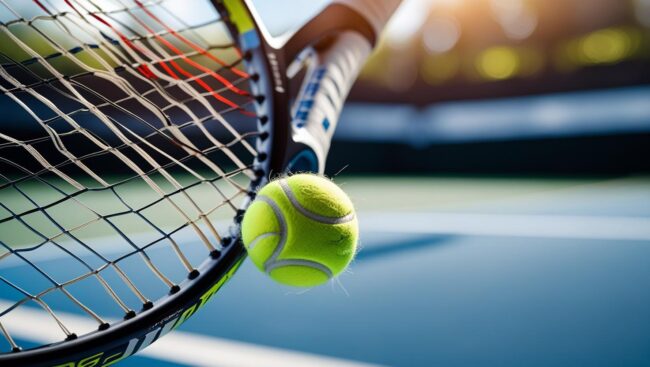
Always consider lumens-per-watt (lm/W). LED sport lights often offer:
- 130–160 lm/W
- Up to 70% energy savings over metal halide
Long-term electricity savings make LEDs more cost-effective despite higher initial cost.
🌧️ 4. Weather Resistance
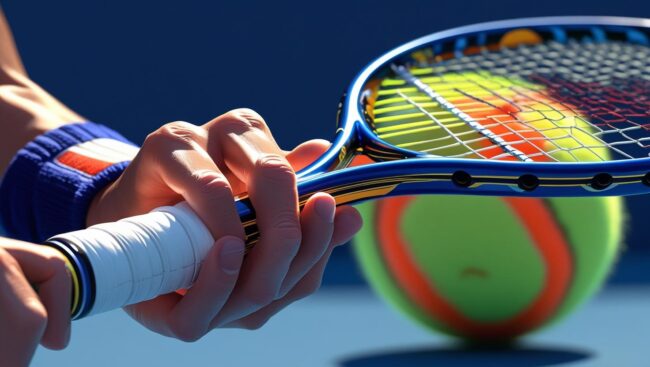
Outdoor sport lights must be:
- Waterproof (IP65+)
- Resistant to UV, corrosion, and wind
- Made of aluminum or stainless steel
Indoor lights need good heat dissipation and anti-glare technology.
📏 5. Mounting Height & Spacing
Pole height influences:
- Coverage
- Shadow length
- Fixture wattage needed
| Pole Height | Suggested Wattage (LED) |
|---|---|
| 10–15 ft | 100–150W |
| 20–30 ft | 200–400W |
| 40–60 ft | 500–1000W |
Use a lighting simulation or consult with a photometric engineer for pro-level setups.
🔁 6. Lifespan & Maintenance
Go for lights with:
- 50,000–100,000 hours rated life
- 5–10 year warranty
- Surge protection & heat sinks
- Tool-free access for easy replacement
💡 LED vs Traditional Lighting (Expanded)
Let’s break this down further.
| Feature | LED Lights | Traditional Lights |
|---|---|---|
| Instant Brightness | ✅ Yes | ❌ No (5–10 min warm-up) |
| Dimmable/Smart | ✅ Yes | ❌ No |
| Flicker-Free | ✅ Ideal for HD cameras | ❌ Often flicker |
| Cost over 10 years | ✅ Low | ❌ High (energy + repairs) |
| Environmental Impact | ✅ Low (no mercury) | ❌ High |
🏟️ Indoor vs. Outdoor Sports Lighting
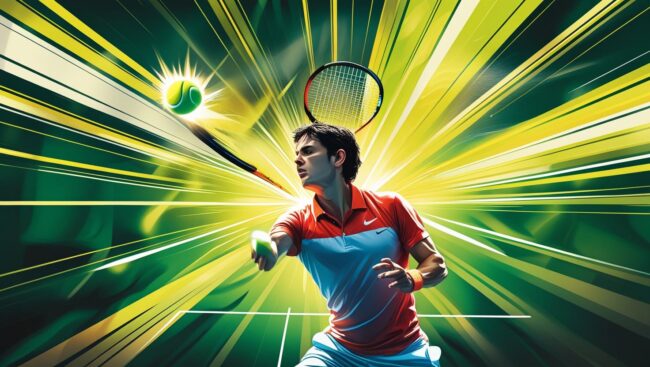
Indoor Needs:
- No weather protection
- Uniform light to avoid glare on polished floors
- Higher CRI (Color Rendering Index > 80)
Outdoor Needs:
- IP65+ water resistance
- Anti-glare lenses for night-time play
- Pole-mounted floodlights to prevent shadows
🏀 Best Lights by Sport
⚽ Soccer / Football Fields
- Recommend: 300W–1000W LED floodlights
- Beam angle: 30°–60°
- Lux level: 200–800 (non-pro), 1500+ (televised)
🏀 Basketball
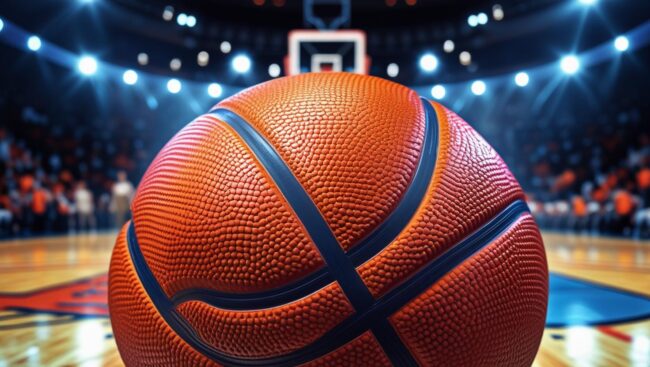
- Indoor: LED panels or linear lights (CRI 80–90)
- Outdoor: IP65 LED floodlights, 150–300W
🎾 Tennis
- Narrow beam floodlights
- 500 lux average
- Position lights to avoid blinding players
🏏 Cricket/Baseball
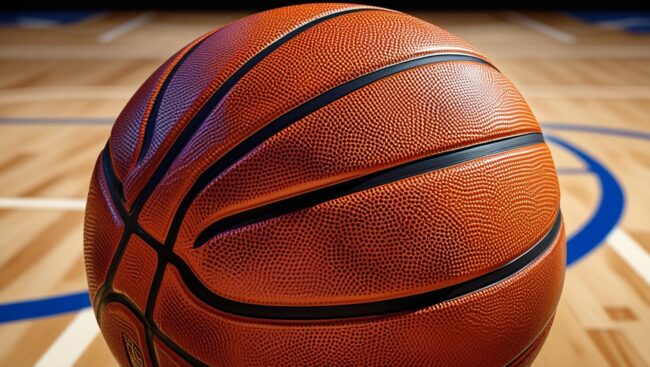
- Highlight pitch and batter’s eye zone
- Use mix of beam angles
- Avoid ball tracking zones having glare
🏐 Volleyball, Badminton, etc.
- Indoor: Ceiling-mounted lights with uniform coverage
- Flicker-free LEDs required
🔝 Top Brands & Models (Expanded)
Recommended Models:
- Musco Lighting – Used in Olympic stadiums
- Cree Lighting OSQ – Efficient, compact outdoor lights
- Philips ArenaVision – High-end indoor arena lighting
- Onforu 200W LED – Great for small courts
- GE Evolve – High-mast floodlight systems
Always look for certifications: UL, DLC, CE, RoHS for safety and efficiency.
🔧 Installation Tips
- Use a lighting design software (e.g., DIALux, AGi32)
- Avoid pole shadows by placing lights diagonally across the court
- Use asymmetric lenses for directional lighting
- Check local zoning laws or neighborhood ordinances for brightness limits
- Use anti-glare shields near residential areas
Professional installation is recommended for fields larger than 500 sqm.
⚠️ Common Mistakes to Avoid (Expanded)
- Under-lighting large areas with low-wattage bulbs
- Ignoring beam angle leads to overlap and shadows
- Buying low-CRI lights that distort color (important for ball visibility)
- Skipping photometric planning
- No surge protection — leads to early failure
✅ Conclusion
Choosing the right sport light is not just a technical decision — it’s an investment in performance, safety, and experience. With modern LED floodlights, you can achieve professional-grade lighting for less energy and maintenance.
Whether you’re outfitting a local tennis court or a FIFA-compliant stadium, this guide helps you select the ideal lighting setup based on brightness, beam angle, weatherproofing, efficiency, and more.
Take your time, do a lighting simulation, and consult with experts if needed. Let every game shine, no matter the level.
❓ Extended FAQs (10 Q&As)
- What’s the ideal lux level for an outdoor basketball court?
200–300 lux is usually sufficient. For tournaments or televised games, 500–750 lux is better. - How high should I mount floodlights?
Depends on field size: 20–40 ft for small courts, 60–100 ft for stadiums. - What is CRI in sports lighting?
Color Rendering Index. CRI > 80 helps players and viewers see true ball and jersey colors. - Can I use solar-powered sports lights?
Yes — but only for small fields or areas with high daily sunlight. Backup batteries needed. - Are LEDs safe for eyes during night play?
Quality LED sport lights include anti-glare lenses and appropriate color temperature (4000–6000K) to reduce eye strain. - How many lights do I need for a tennis court?
Typically 4–6 LED floodlights, depending on court layout. - What is uniformity in lighting?
The evenness of light across the field. A uniformity ratio close to 1.0 is ideal (no dark patches). - Do LED lights flicker on camera?
No, modern LEDs are flicker-free and ideal for high-speed recording. - Can I install sport lights myself?
For small setups, yes. But always hire a licensed electrician for professional or large-scale installations. - How long do LED sport lights last?
Most high-quality LEDs last between 50,000 and 100,000 hours — that’s over 10 years of regular use!
If you’d like a downloadable Word or PDF, infographics, or image prompts (like stadium lighting layout, light pole placement, etc.), just let me know!


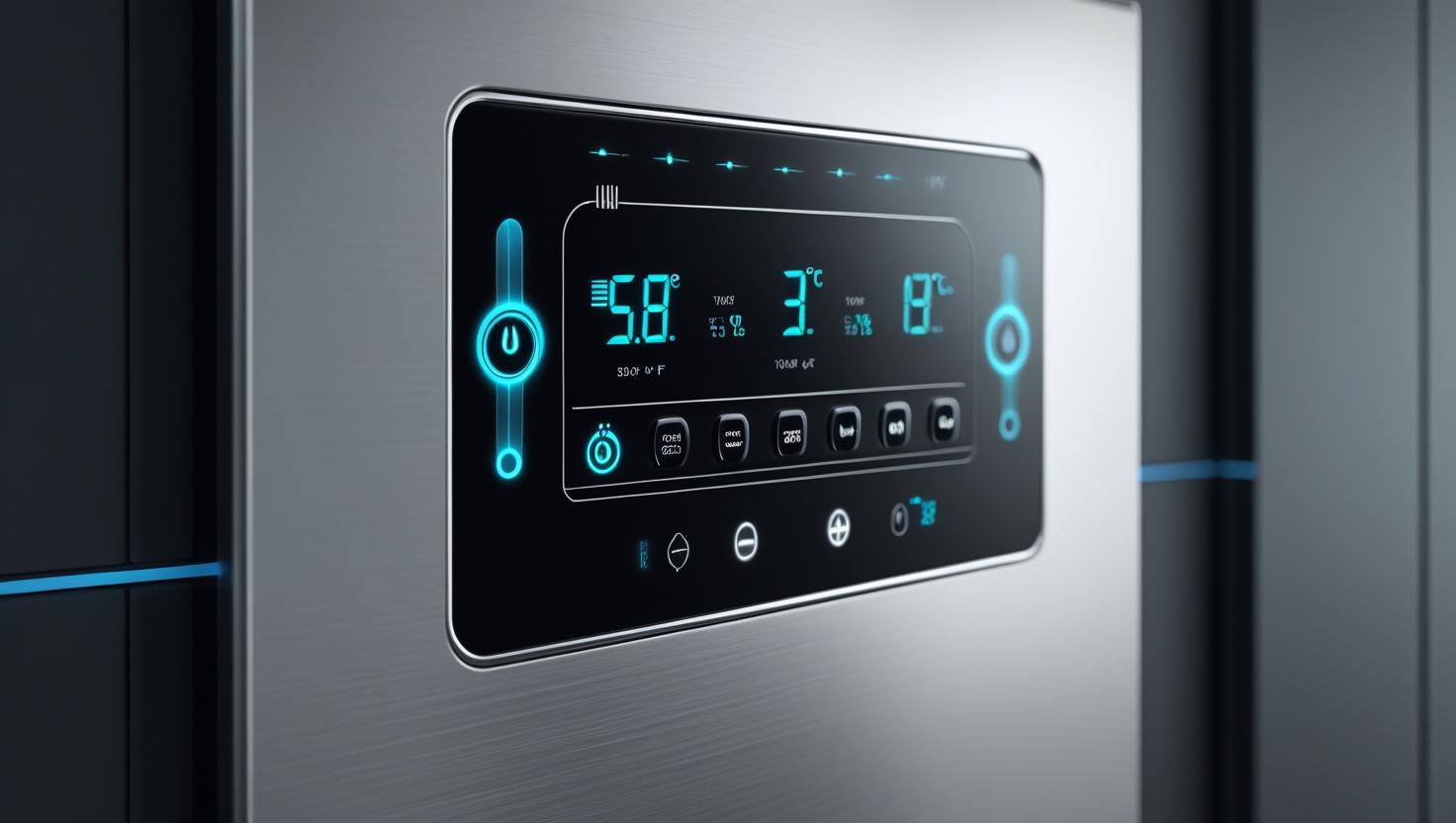

COMMENTS